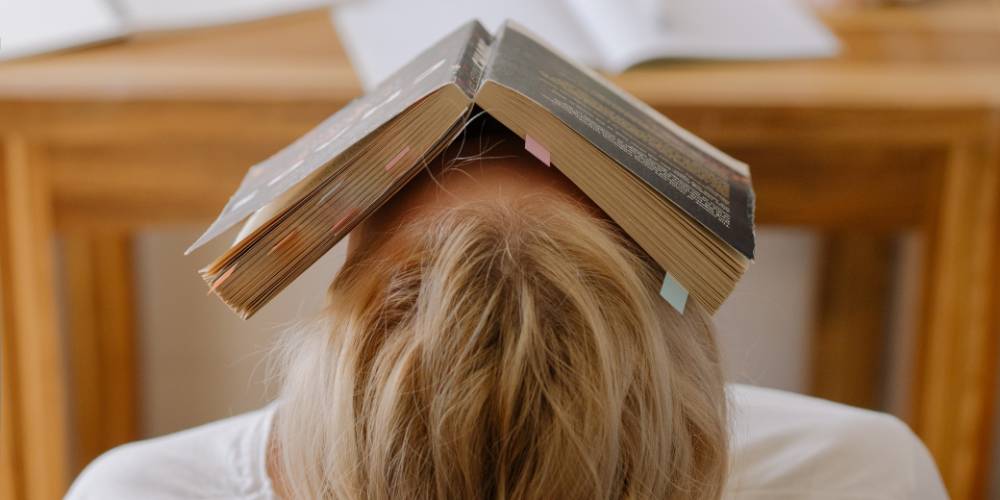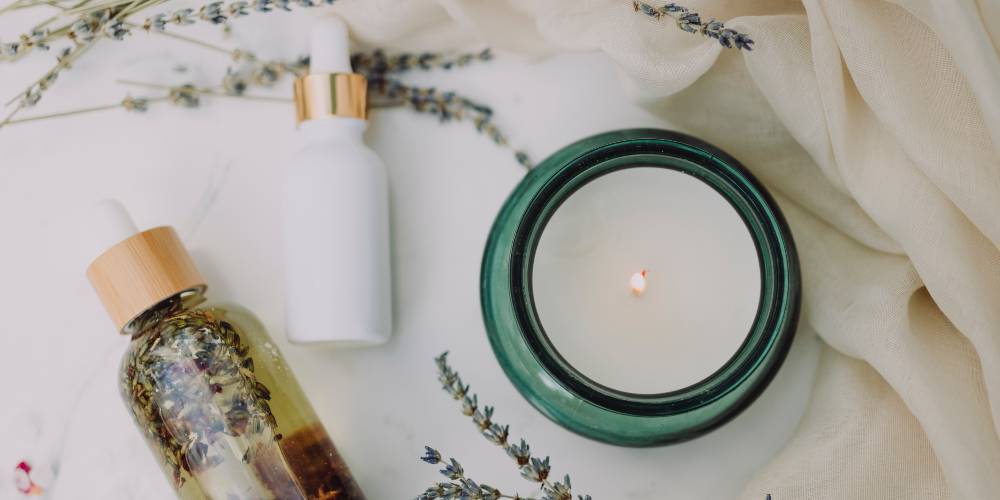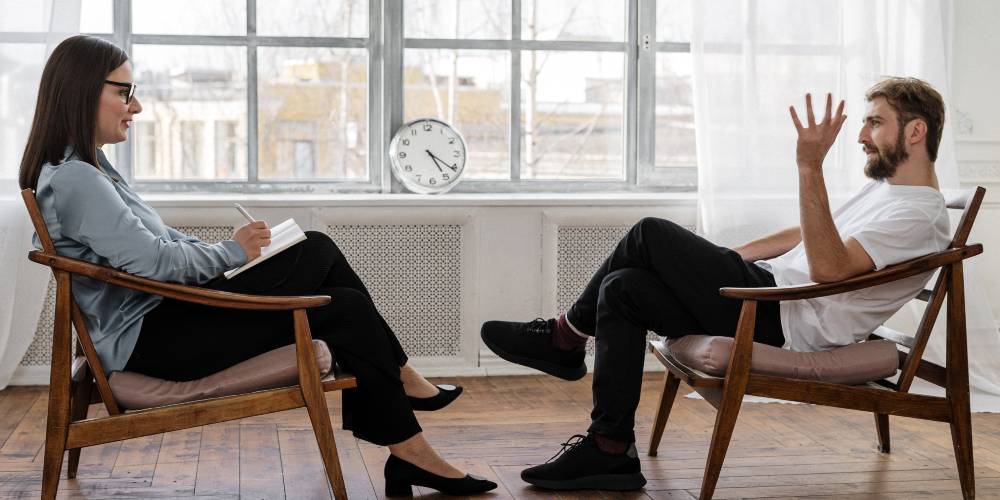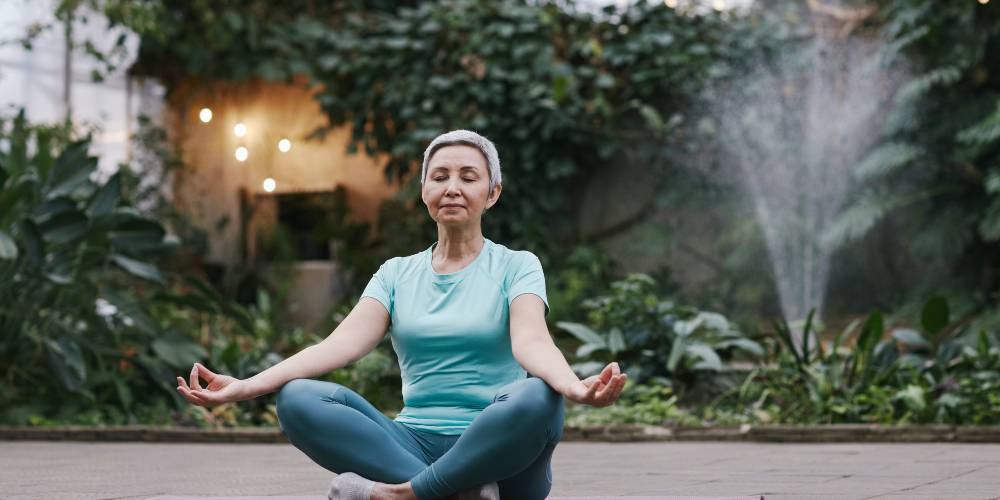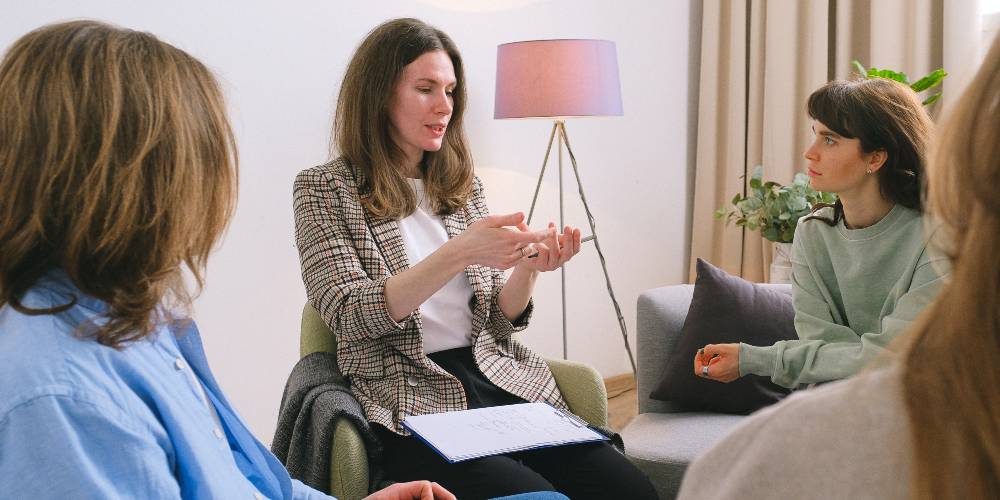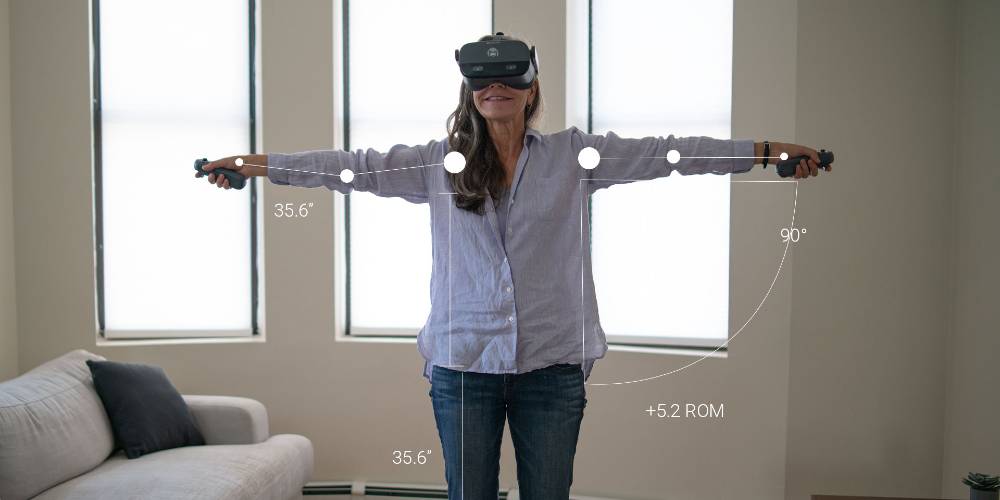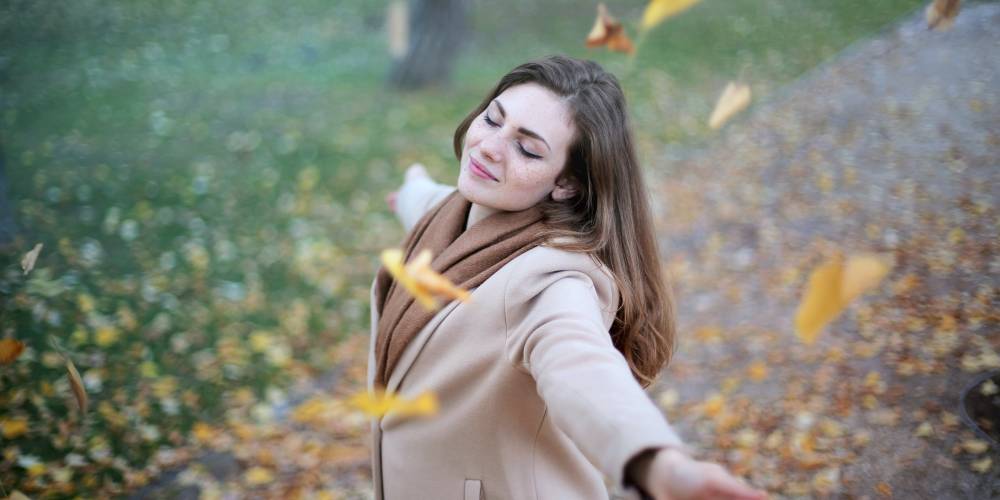We all experience stress and anxiety in our everyday lives. Stress before a work presentation, school exam, or driving test pumps up our adrenalin, cortisol, and other neurochemicals that get us going. It is a normal, and even essential part of modern-day living.
However, when our level of stress becomes excessive and lasts beyond the perceived threat, it’s no longer just stress. It becomes a clinical disorder classified as anxiety.
Stress can be the trigger that sends you down an anxiety spiral that may impair work or school performance, professional or personal relationships, and activities of daily living (ADLs) like hygiene and housework.
These symptoms may even cause you to feel embarrassed to reveal to others. But trust us, you’re not alone. Anxiety disorders are quite common.
According to Psychiatry.Org, the estimated percent of U.S. adults with anxiety disorders are:
- specific phobias: 8% to 12%
- social anxiety disorder: 7%
- panic disorder: 2% – 3%
- agoraphobia: 1-2.9% in adolescents and adults
- generalized anxiety disorder: 2%
- separation anxiety disorder: 0.9% – 1.9%
But we’re going to focus primarily on Generalized Anxiety Disorder for the purpose of this article.
Stress and Anxiety: What’s the Difference?
There are many overlapping symptoms of stress and anxiety. However, there is one key difference. Anxiety can come out of nowhere and can be prolonged, while stress is usually event-specific and disappears once the threat is gone (e.g., test, presentation, traffic jam).
When you are stressed or anxious, you may notice:
- a rapid heartbeat rapid or very shallow breath
- intrusive thoughts
- moodiness, agitation, or anger
- dread or uneasiness
- overwhelming feelings
- difficulty concentrating
- dizziness
- isolating tendencies
- gastrointestinal issues
- cold sweats
- clenched teeth
- muscle and joint stiffness
- exacerbated chronic pain
- excessive fatigue
- etc
The Diagnostic and Statistical Manual of Mental Disorders, 5th Edition (DSM-5), gives us the following criteria for Generalized Anxiety Disorder.
(You must meet 3 or more of the following symptoms (with at least some symptoms present for more days than not for the past 6 months) to qualify a formal diagnosis.)
- Restlessness or feeling keyed up or on edge
- Easily fatigued
- Difficulty concentrating or mind going blank
- Irritability
- Muscle tension
- Sleep disturbance (difficulty falling or staying asleep, or restless unsatisfying sleep)
In order to qualify, the symptoms must be significantly life disrupting and not attributable to a medical condition or other mental disorder (although it could be a co-occurring disorder with Substance Use Disorder or Bipolar Disorder).
How to Manage Anxiety Without Medication
Many people whose anxiety levels are out of control would prefer to know how to treat their levels of anxiety without recourse to medication. Fortunately, there are a host of alternative, non-drug interventions that can alleviate the symptoms produced by generalized feelings of anxiety.
The following list describes five of the most commonly used of these therapies.
1. Psychotherapy for Anxiety Relief
The most popular, non-drug option for anxiety treatment is psychotherapy.
There are many types of psychotherapy techniques, however, one thing that unifies most of them is ‘the talking cure,’ the term coined in the late 1800s to describe the effect of psychoanalysis. Talking is not a cure per se, but talking about our concerns have been shown to help release them.
The American Psychological Society claims that talking therapies are more effective, less intrusive, and cheaper than medication in the long-term.
That said, medication may be needed for some severe cases at the beginning.
The most popular and effective type of psychotherapy for anxiety is Cognitive Behavioral Therapy, or CBT. This technique combines check-ins and discussions alongside homework and classwork exercises that teach behavioral skills. The therapist teaches the client to replace unhealthy reactions to specific stimuli (e.g., crowds, facing employers, etc.) with more adaptive and socially acceptable responses. Be prepared to fill out worksheets related to emotions, actions, thoughts, self-talk, etc.
2. Mindfulness for Stress Relief
Therapy using mindfulness techniques teaches relaxation strategies that may help soothe the person with anxiety. The therapist may teach clients how to relax certain parts of the body such as the face, shoulders, or stomach; which clients can eventually learn to relax at will. The ultimate stage is to apply these techniques during times when anxiety appears.
To enhance the experience, many people swear by aromatherapy candles, oils, and incense infused with calming essential oils like lavender, frankincense, and myrrh.
3.Support Group for Anxiety
A support group is another useful tool to help mitigate anxiety symptoms.
Support groups have achieved great success in assisting anxiety sufferers overcome their discomfort. There is something about talking about your struggles with others who ‘get it’ that helps relieve suffering.
People who experience anxiety under certain circumstances meet together under the guidance of a trained therapist who encourages them to discuss their anxieties.
By learning to express their fears and concerns together in a safe space, anxiety sufferers learn through the experiences of others that they are not alone. The process of sharing their concerns, fears, and even terrors has also been found to have a therapeutic effect on the participants.
In addition to this process, the therapist can also introduce specific coping techniques the participants can try in the group using role-playing scenarios.
4. Exercise and diet can help relieve anxiety symptoms
Many people who experience anxiety in their daily lives have found that increasing their level of exercise and adjusting their dietary behavior can have a positive effect on their anxiety episodes. For one thing, it puts you back in the ‘driver’s seat’ of your life. But science also shows that exercise can relieve symptoms of depression and anxiety.
John Ratey, M.D. tells us in Harvard Health Publishing that exercise may help relieve anxiety in the following ways:
- Releases tension: Moving your body can decrease muscle tension, which may lower the body’s anxious feeling (that pressured tightness many of us know so well).
- Induces ‘feel good’ chemicals: When your heart rate up rises, it changes your brain chemistry, by increasing the availability of important calming and balancing neurochemicals, including serotonin, gamma aminobutyric acid (GABA), brain-derived neurotrophic factor (BDNF), and endocannabinoids like anandamide. Repetitive exercises like swimming, running, and cycling are particularly noteworthy methods of generating ‘feel-good’ chemicals.
- Promotes positive thinking: Exercise activates the frontal regions of your brain, which are responsible for executive function (e.g., memory, attention, task switching, self-control). This helps control the amygdala, the emotional processing component of your brain that sends stress signals to the hypothalamus.
But don’t forget to eat healthy too.
Just because you exercise doesn’t mean you don’t have to consider your diet. This also means avoiding food and drinks that exacerbate your symptoms.
Foods to avoid or limit if you have anxiety include:
- Caffeinated drinks and foods
- Chocolate
- Processed foods
- Sugar, high fructose corn syrup, and other sweeteners that raise the glycemic index
- Salt
- Food additives like monosodium glutamate (MSG), food dyes, aspartame, and unnatural preservatives
- Alcohol
- Gluten-containing foods like bread, pasta, and potatoes
Some people also add natural remedies to their diet to help manage their symptoms. That said, the FDA has not approved these remedies, so it is best to speak to your physician and/or naturopath before taking this option– especially if you’re using any medication.
Popular remedies and foods that may contribute to a feeling of calmness include:
- Herbal teas like chamomile, lemon balm (melissa), passion flower, kava kava, valerian, ashwagandha, and more. [Note: some of these teas have sedating effects, so it’s best to use them in the evening or when you have little planned for the day].
- B-vitamin rich foods like avocados, broccoli, and other similar “good mood foods” Complex carbohydrates like potatoes
- Tryptophan-rich foods like turkey, eggs, soy, nuts and seeds, legumes, bananas
- Cannabidiol (CBD) [Note: This is a highly controversial option, but anecdotal reports show promise].
5. Virtual Reality (VR) Therapy
Virtual reality therapy and/or augmented reality therapy (or the combination of the two) are the newest players in anxiety relief.
Patients can enter calming scenes virtually like forests or sea sides or practice calming cognitive behavioral therapy exercises like figure 8’s and reframing thoughts within the headset.
At other times, patients may be exposed to stress and anxiety triggers, particularly if they have phobias like the fear of heights or spiders. The situations can be controlled and directed by the therapist according to the patient’s treatment goals and progress.
Anxiety Relief Takeaway
Generalized anxiety disorder is a pervasive condition, yet only half of people with this disorder are thought to seek treatment. Many people whose lives are affected by anxiety would prefer not to “take pills.”
- The most popular and effective method of treating anxiety is psychotherapy, such as CBT, which focuses on the specific behaviors affecting a person’s mental health.
- Likewise, support groups can help by talking about symptoms and learning techniques to manage them together.
- Lifestyle changes like a healthy diet, exercise, and mindfulness techniques that calm the mind can also help alleviate symptoms of anxiety or prevent them from recurring.
- In addition to these traditional methods, virtual reality and augmented reality can also help by introducing calming environments or teaching new skills within the app.
Ready to start feeling better? Register to get started with a therapist.


